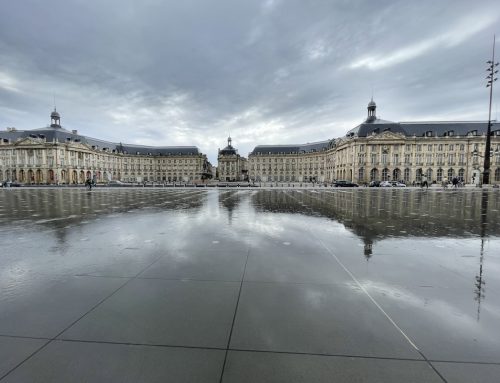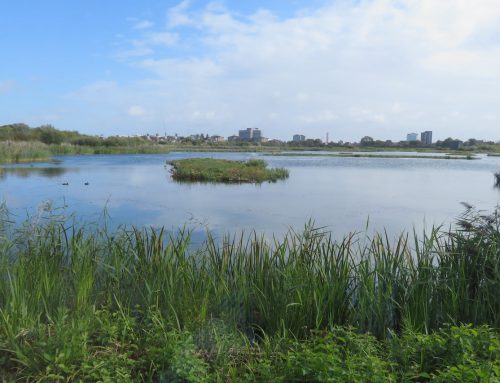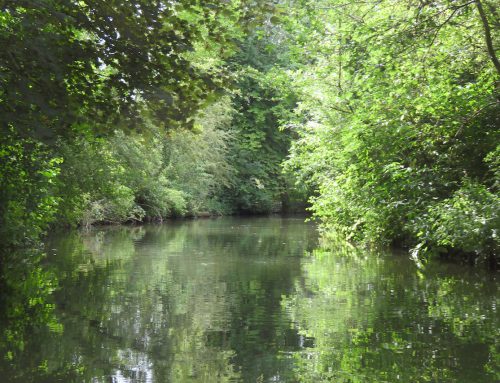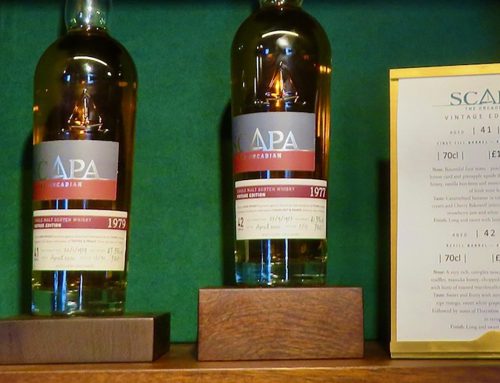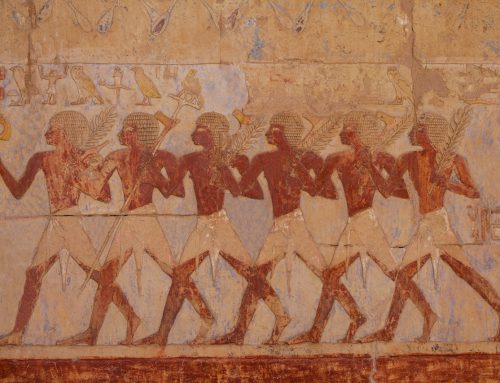Lucca: History, Culture, and Gelato

Piazza Anfiteatro (Lucca)

Piazza Anfiteatro (Lucca)
Lucca, Italy
Lucca’s Allure
There are few places in the world to which I return time and again, but one is Tuscany’s Lucca. It has everything I seek, wrapped in a tiny parcel of history, culture, gastronomy, charm, and even handles sweltering heat. Less than six hours travel from London, should one choose to fly, Lucca is a perfect, short-break destination. My last visit was more than memorable.
Italian Indulgence
“I have no idea how you can eat that,” said my companion, pointing at my third portion of Italian ice-cream (gelato) as we sat at the round metal table in the tiny gelateria, beside Lucca’s city centre. “It is so unsustainable. I thought you were against that.”
I tried to nod, while slurping pistachio and strawberry, as I am a sucker for all things Italian, especially gelato. My companion was right, as I am an environmental obsessive and had even driven to Lucca in a hybrid electric car rather than fly. We were walking everywhere in the city, which was just as well as Lucca has strict rules about cars in its centre and takes low emissions seriously. But gelato is a problem, as its carbon footprint is huge. Weight for weight, gelato is the same as a cheeseburger.
Walls and Legends
We were recovering, after spending an hour walking the full circumference of the city’s walls. The walls are both intact and impressive and were initially built as a defensive rampart but are now a promenade. Walking the walls would be reason enough to visit Lucca. They are not high and are why Lucca has the title of Città d’arte, just like Florence, Genoa, Perugia, and other classic cities.
Lucca houses plenty of statues, many of lounging, eminent Italians. The one of the composer Giacomo Puccini in the Piazza Citadella is classic. He is utterly relaxed and is even smoking. Anything appears permitted in Tuscany, Lucca in particular.
San Martino Cathedral
Not far from the city walls stands Lucca’s San Martino cathedral, housing the most famous relic in the city, the Holy Face of Lucca. This is a cedar-wood crucifix and image of Christ, said to have been carved by his contemporary Nicodemus, who helped place Christ in his tomb after the crucifixion. Every September, Lucca holds the Luminara di Santa Croce, or Exaltation of the Holy Cross, with a dazzling procession of lit candles, while many of the city’s buildings are similarly lit. The cathedral does not stop there. Embedded in its righthand portico is a labyrinth, identical to, but said to predate the 13th-century labyrinth found in Chartres.
Another reason for visiting Lucca is to climb the 230 steps of the brick Guinigi Tower, built by a family of the same name and dating from the 1300s. The tower is topped by holm oaks and offers a glorious view over Lucca. The Guinigi Tower is one of the few towers to still be standing and is a must for legs that can climb.
Culture in Lucca
Lucca is my definition of culture, especially with the month-long Lucca Summer Festival, an annual music celebration attracting artists from around the world. It is held in the city’s Piazza Napoleone and has an atmosphere crackling with energy. The city has plenty of museums and art galleries, too, such as the Museo Nazionale di Palazzo Mansi that houses a collection of Renaissance paintings, and the Villa Guinigi National Museum with its archaeological treasures and artefacts.
My next triple portion of gelato was in Lucca’s Piazza dell’Anfiteatro, a public square in the north-east quadrant of the city with a cross carved in the central tile of the square. The Piazza dell’Anfiteatro, in the 1st or 2nd centuries BCE, was an amphitheatre that could seat 10,000 spectators. Amphitheatres then were for events such as gladiator combats and executions. Today, they are for relaxation, coffee, and conversation.
Local Gastronomy
In the unlikely event I can ever abandon gelato and seek wholesome food, the Mercato del Carmine sells plenty of fresh produce, fragrant herbs, and local delicacies. In Lucca I do spend lengthy periods in its restaurants and cafés, as an important part of any visit to Italy is the time spent eating, drinking, and relaxing. Lucca is not a place where life is led at triple speed. I adore the local Chianti, and if I can be tempted away from gelato, Lucca’s food is wonderful, too. My perfect meal is a starter of garmugia, that delicious Tuscan vegetable soup, with pane altopascio, traditional saltless Tuscan bread. Then comes rovelline lucchesi, veal escalopes that are sautéed with tomato sauce, garlic, and capers, a dish once made from the leftovers of Sunday lunch. And dessert? I should say castagnaccio, a traditional Italian chestnut cake, but in my case there is no chance.
For me it will always be gelato.
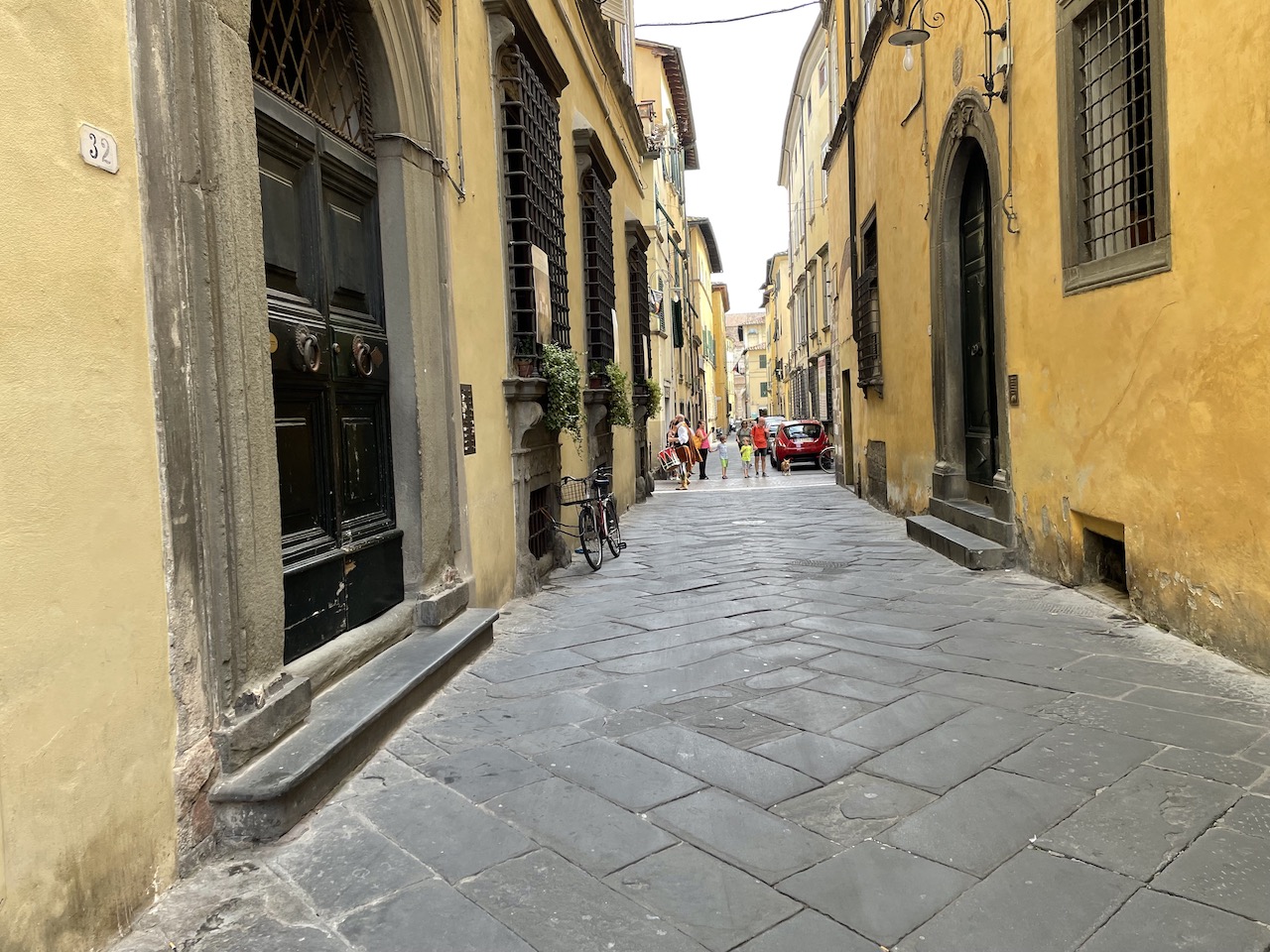
Narrow streets of Lucca - perfect for a heatwave
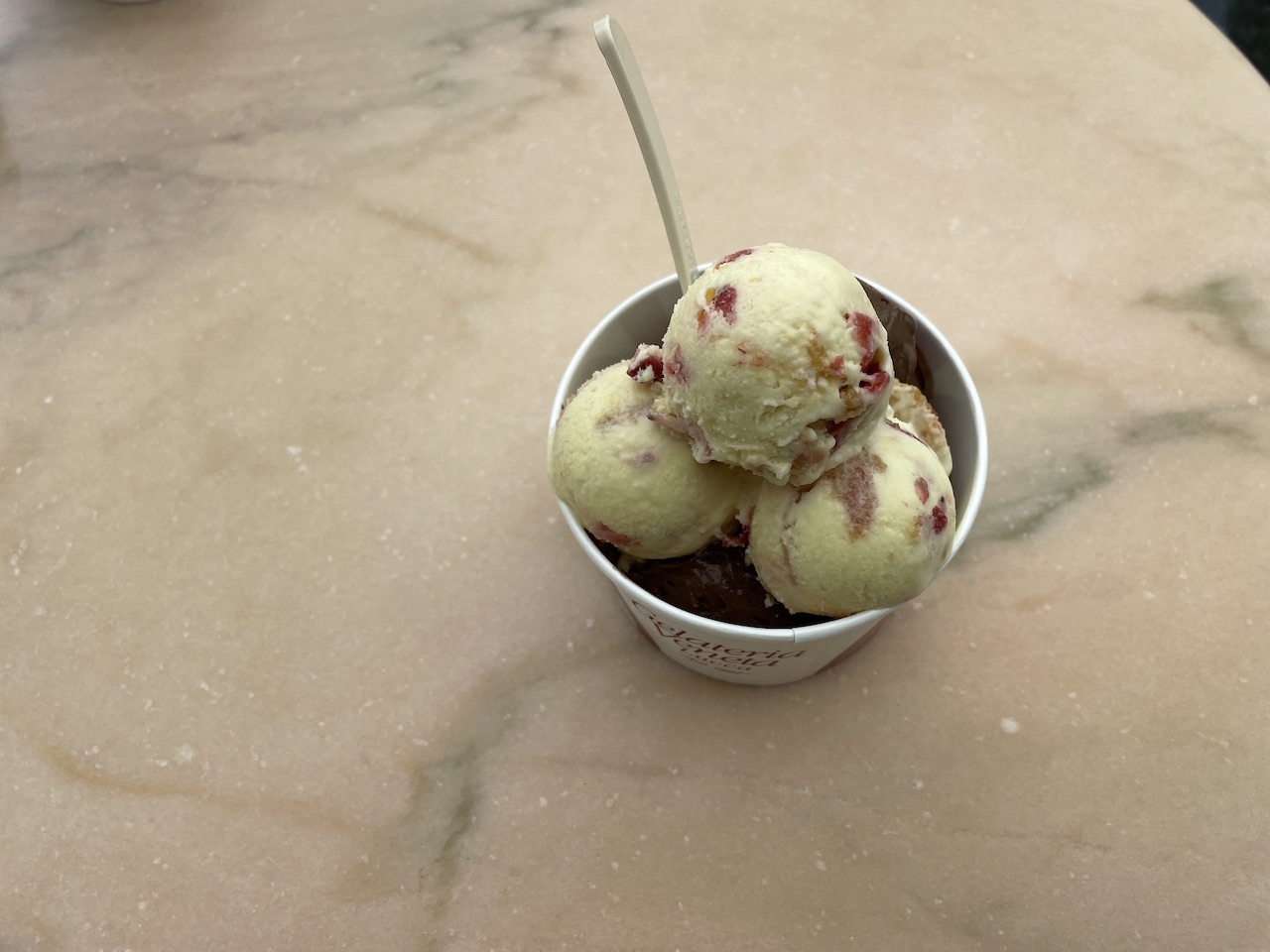
I love this stuff - gelato
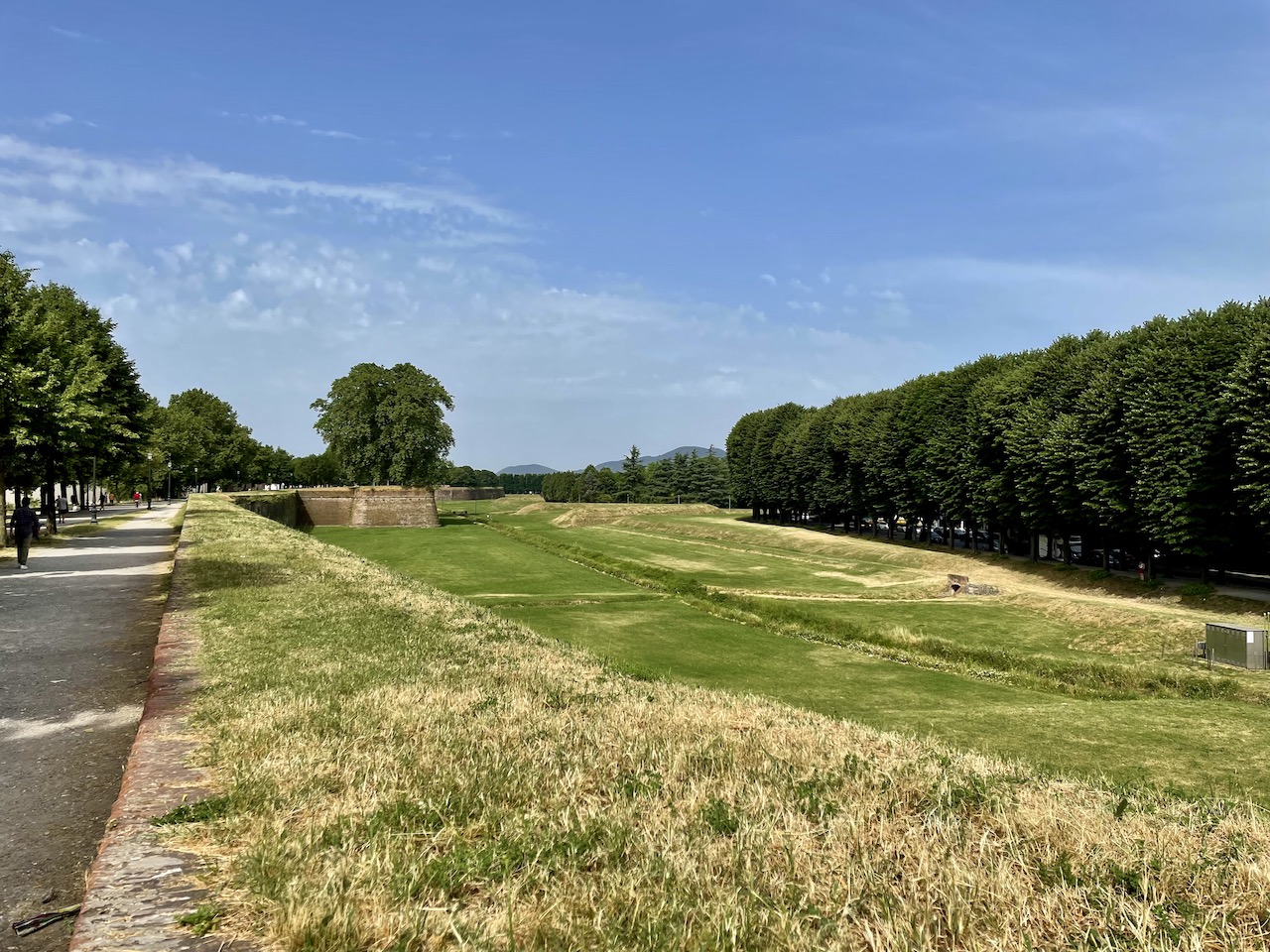
Lucca's city walls
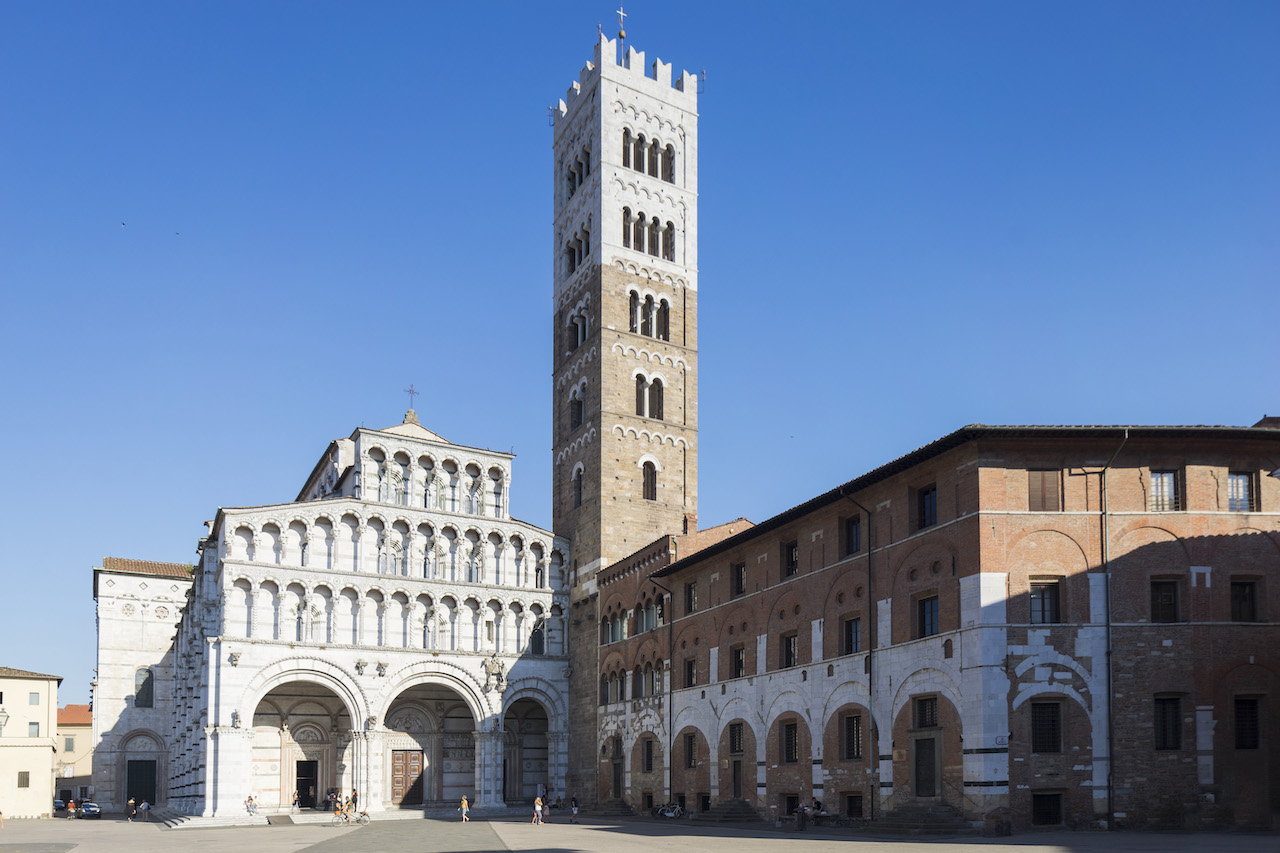
Duomo di San Martino in Lucca (courtesy Daniel Tomlinson)


